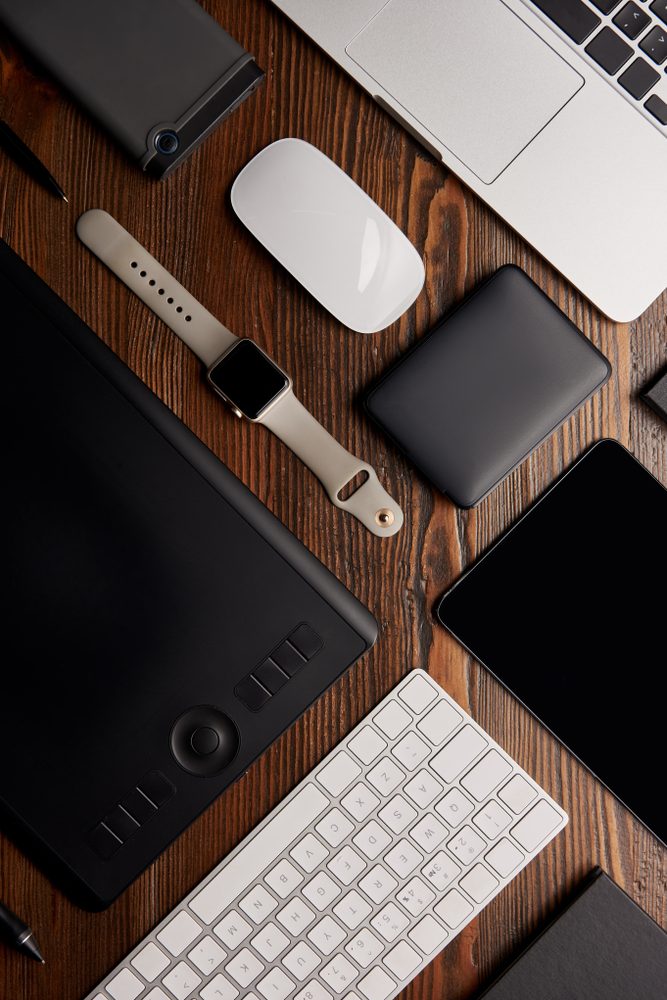How to Safely Pack, Store, and Unpack Your Electronic Gear
Preparation Is Key
The most stressful part of putting items in storage is preparing the belongings properly. Without the right packing and care, it is possible that the stored items will not survive. Electronics are some of the most delicate possessions people keep in their storage units. It is necessary to take the time to learn how to pack and protect these items to keep them operable during a move.
Shop for Storage
Seek out a unit that is large enough to store the items safely without overstacking or crowding the items too tightly. Climate-controlled storage is the safest option for electronics. A climate-controlled unit should have a temperature range of about 60-70 degrees consistently, and the humidity level should remain at about 50 percent.
Separate as Needed
Prepare all the equipment that will be going into storage. Remove batteries from all items and store them separately. Recycle and replace the batteries if the items will go unused for several months or longer because the batteries could leak and become a hazard. Remove all cables and cords and take out DVDs, CDs, and any other type of media to store in their original packaging.
Make certain to label all electronic cords and chargers when you remove them and bundle them carefully to prevent tangling. Place all cords together into a single box to keep them contained and safe.
Clean it Up
Always wipe down all equipment and use compressed air to clean out the interiors of the gear and keyboards. Make certain that all items are thoroughly dry before packing them away. It is important to clean electronics before storage because it ensures that there are no food crumbs or other debris that could clog up the equipment or cause mold growth.
Pack it Up
Put all the devices into the original packaging whenever it is available. This will ensure the greatest level of protection for the items and make it easy to find the electronics in the storage unit. If the original packaging is not available, look for sturdy cardboard boxes and wrap the gear in newspaper or towels, so the items are secure in the box and not sliding around.
Do not wrap the items or the boxes in plastic to keep out moisture. The material can hold in condensation caused by temperature changes during the move. It is better for the equipment to be in a porous wrapping that will allow any moisture to evaporate as the air circulates. Purchase some silica gel packets and distribute through all packages, including the cords, to help absorb moisture.
Without the desiccant, it is possible that some corrosion to the devices or the cords could take place even in a climate-controlled unit. This is because the packages will be exposed to a variety of weather conditions during the packing and moving stage. The protection they provide makes the extra effort to add the silica packets worth the time.

Use it Carefully
Be careful with the equipment after retrieval from the storage unit. Unwrap all electronics, throw away or recycle all materials used to pack the items and allow the gear to sit unused until it acclimates to the new location. Never attempt to put hot or cold electronic gear into use immediately. Wait a couple of hours before reconnecting cords and installing batteries.
There is no way to guarantee that electronics will survive a move or long-term storage. Because of the risk, it is always a good idea to backup all data before unplugging anything. Of course, people can offer their gear the best protection by carefully choosing their storage facility. At Self Storage Secure Storage Center we provide safe climate-controlled units for the ultimate security. Contact us to learn more about your storage options.


